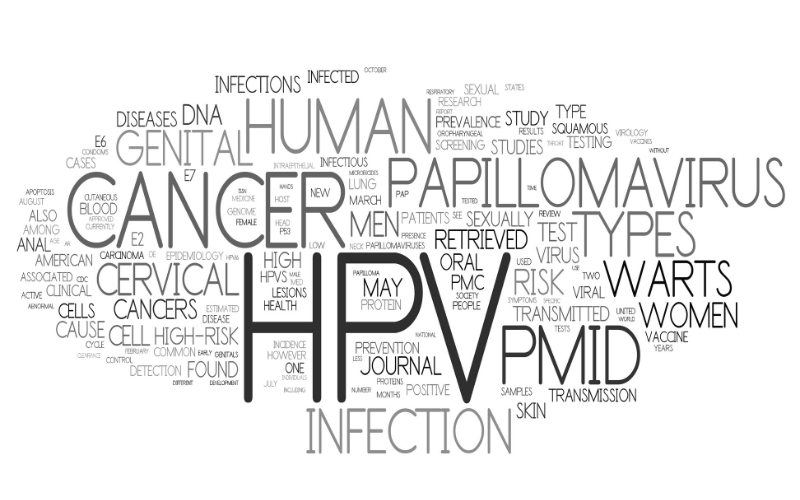Cause 3: Human Papillomavirus (HPV)

In recent years, the Human Papillomavirus, commonly referred to as HPV, has emerged as a significant player in the oral cancer arena. This virus, especially certain strains like HPV 16, is now directly linked to a substantial fraction of oral cancer cases.
HPV-related oral cancers often manifest at the back of the mouth, especially the base of the tongue and tonsils. What’s concerning is that these cancers can affect younger demographics, especially those who might not exhibit traditional risk factors like tobacco or alcohol use. This shift makes awareness of HPV’s role even more vital.
Unlike other causes, HPV’s transmission is primarily through intimate contact, making it a sexually transmitted infection (STI). Given its mode of transmission, safe practices and regular screenings are essential preventive measures. Fortunately, vaccines against HPV offer a ray of hope. These vaccines, targeting the high-risk strains, have shown promising results in reducing the prevalence of HPV-related cancers.
Health campaigns worldwide now include HPV awareness as a core component. By educating individuals, especially the youth, about its risks and the importance of vaccination, the global community aims to stem the tide of HPV-induced oral cancers.(3)